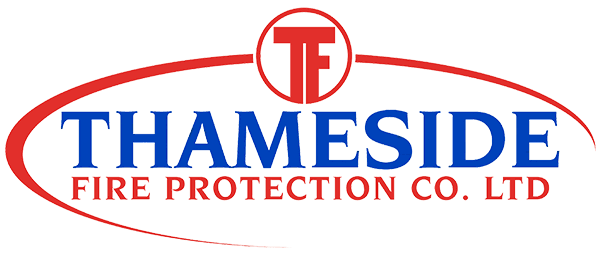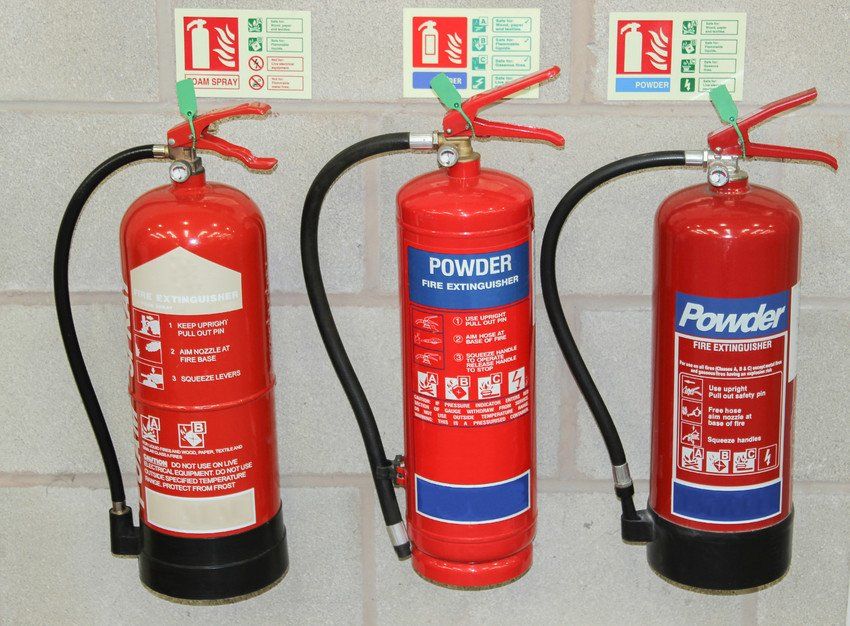Fire Safety Essentials: Which Extinguisher Should I Use?
If you find yourself in an emergency situation involving fire, then it is important to know exactly what you need to do so you can respond quickly and appropriately. After evacuating the building and alerting fire services, you may then wish to utilise your fire extinguisher. This should only be attempted if the fire is still a manageable size, and your escape route is not blocked by flames.
Workplaces should offer appropriate training for fire extinguisher usage, whilst you should educate yourself on how to use a domestic extinguisher by perusing the included instructions on a regular basis. There are different extinguisher types that suit a variety of fires, where their contents are designed to put out that specified fire type only. Read on for a quick overview of the main extinguisher types, and the categories of fire they can be used to manage.
Water
A water extinguisher can be used on type A fires, which include wood, paper and textiles. They should never be used on flammable liquids, cooking oil fires, or live electrical equipment.
Foam
A foam extinguisher can be used on type A or B fires, which includes wood and textiles, as well as flammable liquids such as petrol or diesel. As with a water extinguisher, they should not be used on electricals.
CO2
A CO2 extinguisher can be used on type B fires, which includes flammable liquids, as well as on live electrical equipment. They should not be used on wood and textiles, or on flammable metal fires. These extinguishers also can’t be used in a confined space.
Dry Powder
A dry powder extinguisher is versatile, and can be applied to type A fires (wood and textiles), B fires (flammable liquids) and also type C fires, which includes gaseous fires, as well as on live electrical equipment.
Wet Chemical
A wet chemical extinguisher is to be used on a type F fire, which includes cooking oil fires. Some also operate on type A fires as well. The entire extinguisher content should be used from a distance of at least one metre.
How To Operate An Extinguisher
Fire extinguishers should be operated using the PASS method:
Pull the pin at the top to break the seal, and test away from the body
Aim the nozzle towards the base of the fire
Squeeze the handles together, release to stop
Sweep the nozzle from side to side as you approach the fire, aiming at the base of the flames
Thameside Fire Protection: Meeting Your Extinguisher Needs
At Thameside Fire Protection, we can supply and install fire extinguishers of all kinds, providing advice on operation and maintenance. We also service and repair extinguishers, where we are available for 24-hour emergency callouts.
Alongside this, we offer a range of other fire protection services, including fire alarm installation, risk assessments, and fire safety training. Contact us today to find out more about how we can help.


